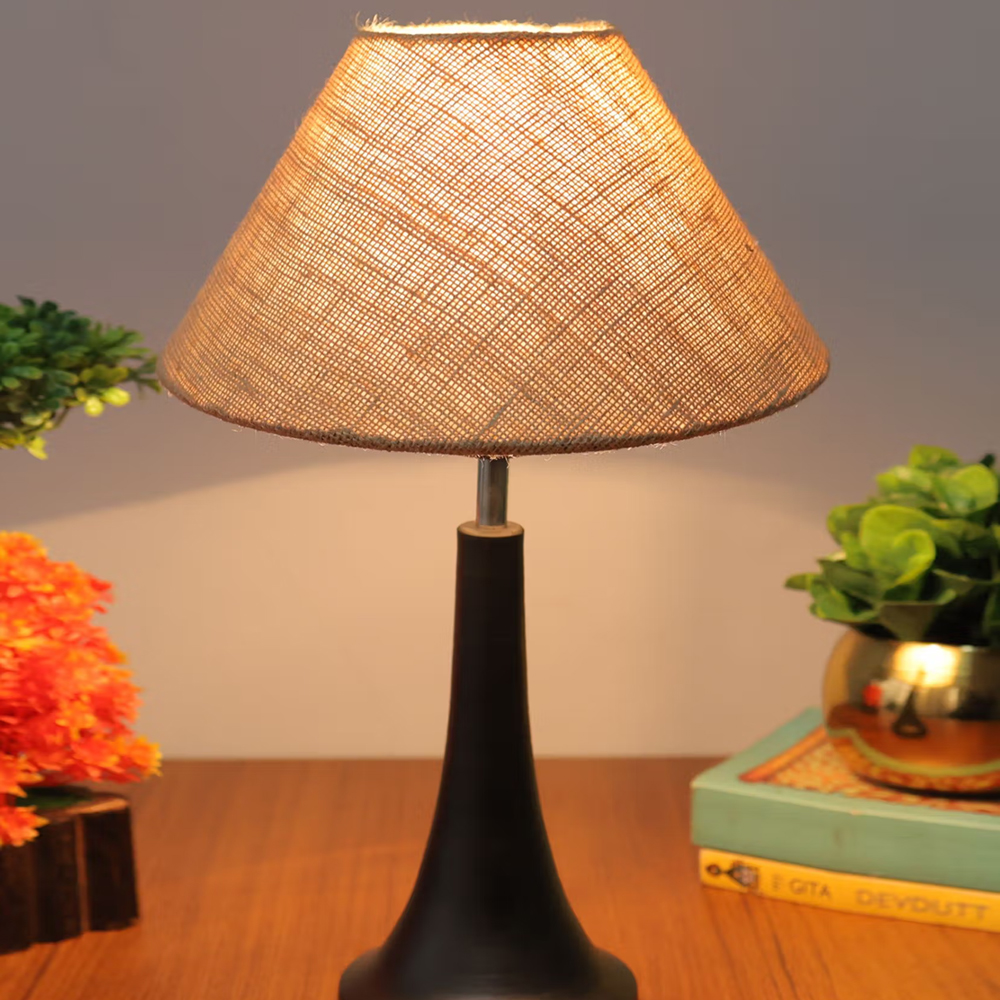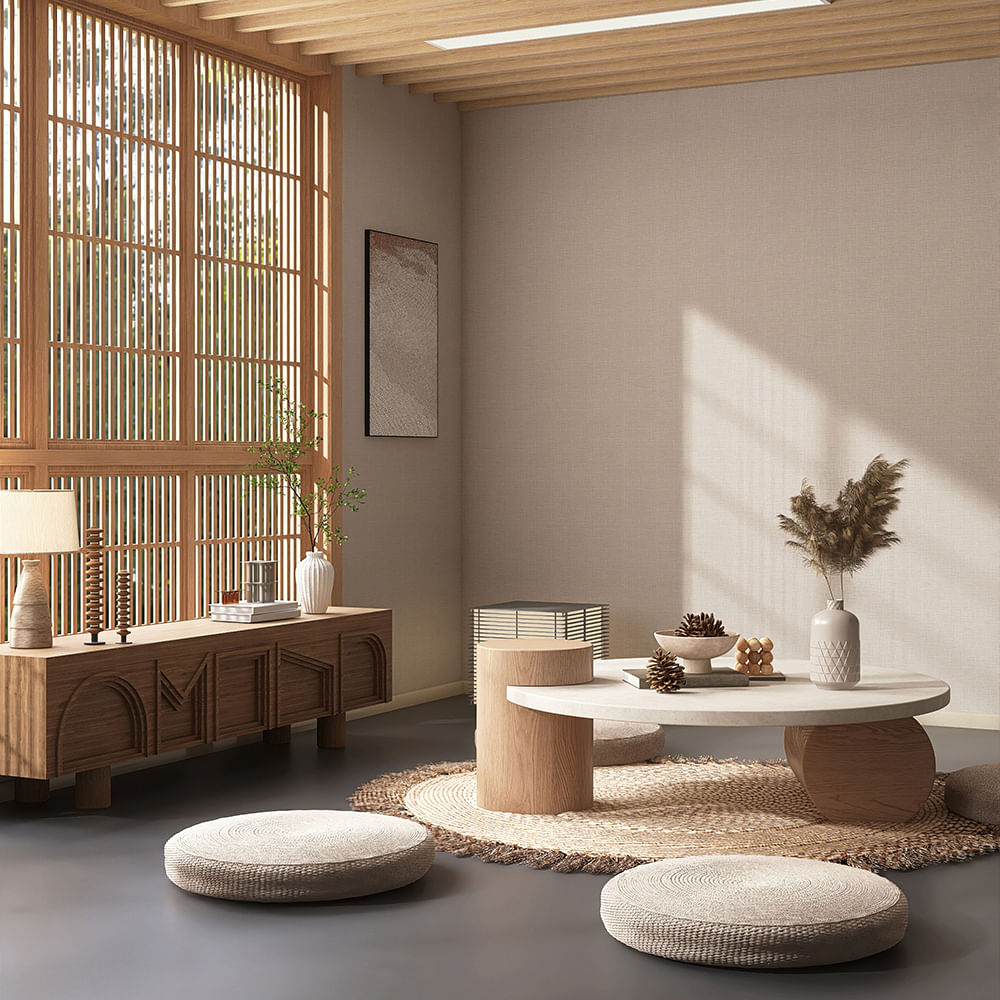Around 150 years ago, Scandinavian designers began travelling to Japan, which eventually led to the emergence of the Japandi decor aesthetic. A blend of Japanese and Scandinavian design sensibilities, Japandi decor style is something that is rooted in simplicity, natural elements, and comfort. With the sophistication of Japanese decor (think Wabi-Sabi) subtly along with the crispness of Scandinavian decor, Japandi design is all about top-notch craftsmanship with a keen focus on quality and handmade pieces over throwaway, cheap products. As a result, it is minimalist, earthy, and organic.
Japandi Interior Design: Everything To Know & Tips To Nail The Trend
Here's How You Can Nail The Perennial Trend With Products
Cut The Clutter
The first step to achieving the Japandi decor trend is decluttering your space completely. Get rid of things that consume a lot of space or are not practical. Once you've achieved a minimal-looking space, you can either tip things towards the Japanese aesthetic with warmer, darker tones of furniture and decor or Scandinavian with much lighter, blonder wood for furniture and decor, depending on your preference. Further, you can aim to create 'faux minimalism' with decor products such as boxes and baskets, built-in storage, or folding screens to hide excess stuff and keep your space clutter-free.
Heather Basket


Wooden Partition for Living Room
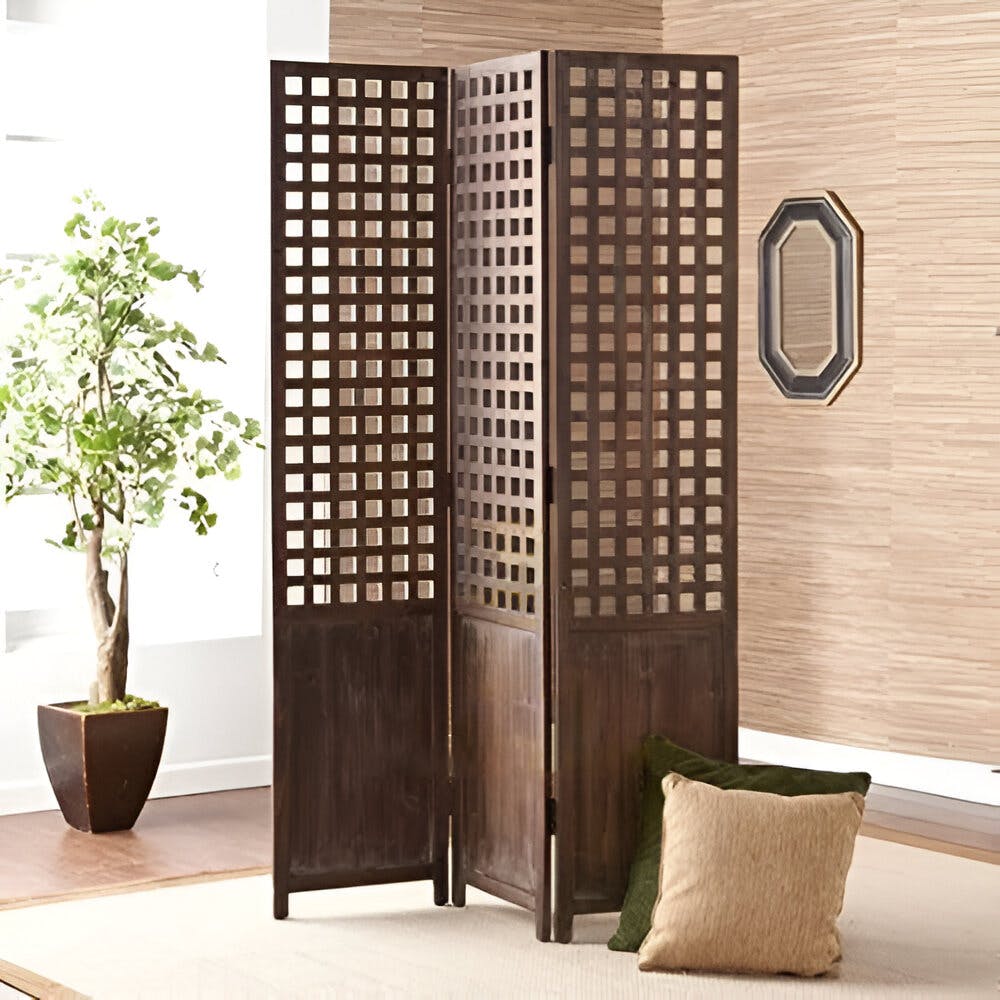
Add Natural Elements
Japandi decor is mainly characterised by the use of natural elements, which is now super easy to nail because adding natural elements to a home has become the norm. The idea is to focus on natural elements like bamboo, cane, and unfinished, unglazed wood with clean lines for a simple yet contemporary look. To add even more natural elements, you can bring hints of green to the home by incorporating plants.
Pro-Tip: 21 Products To Add Hints Of Nature To Modern City Homes
Elegant Brown Wooden Side Table


Kovo Rattan Table


Use Colour Variation Moderately
Red Sheesha Chiselled Vase
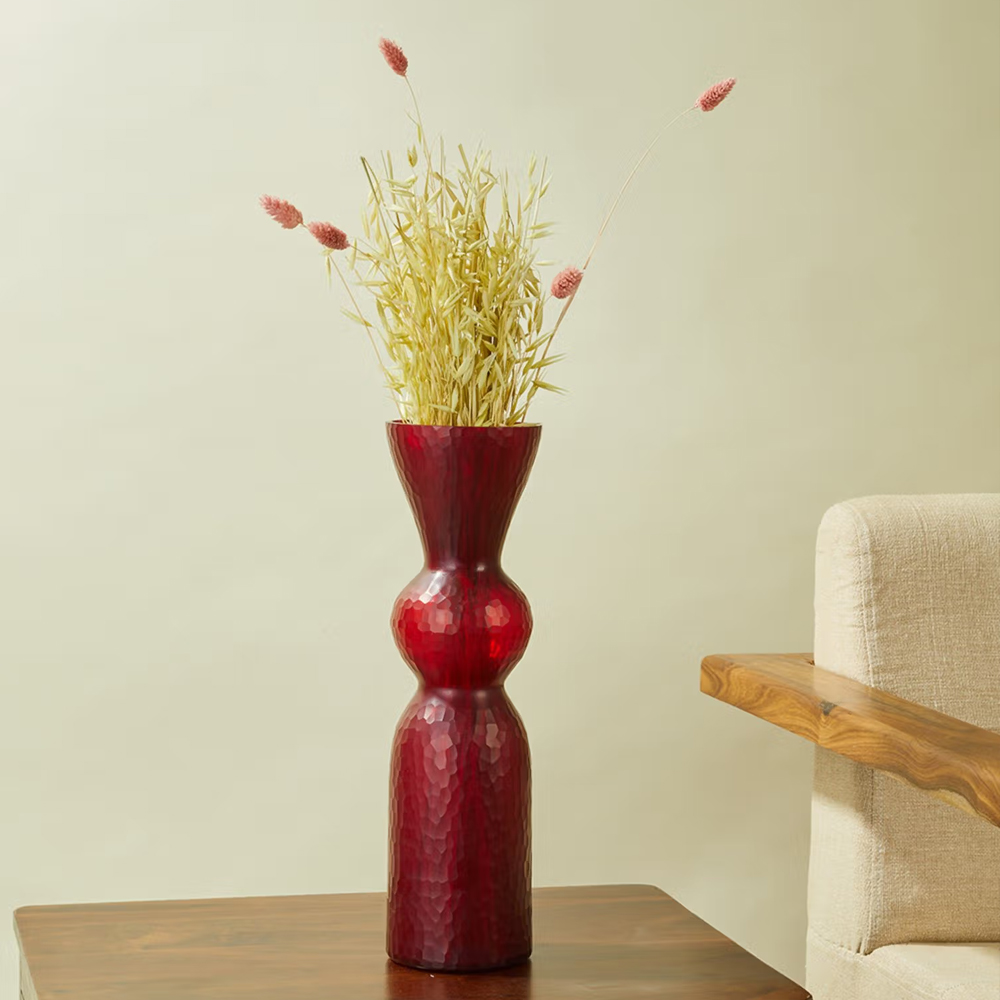

Blue Cotton-Blend Printed Dhurrie
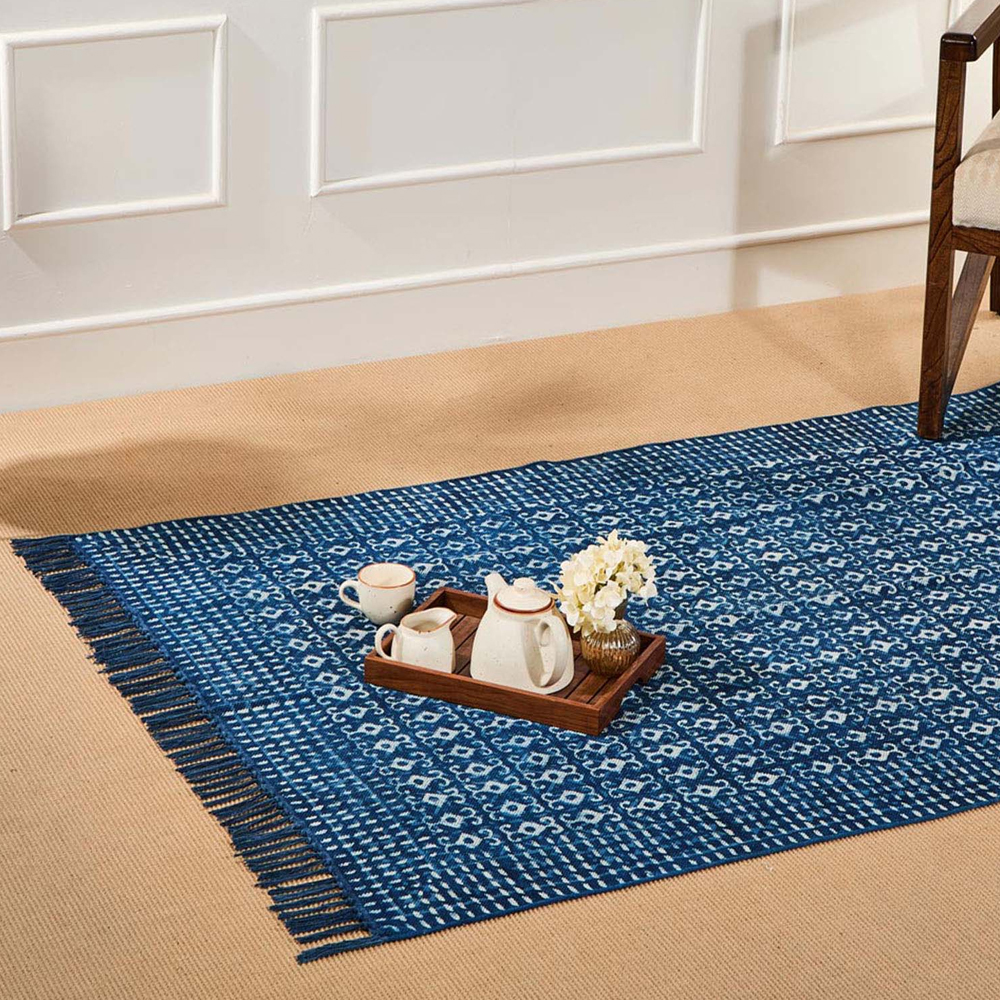

Invest In Non-Mass Produced Items
We get it, the lure of walking into a home decor store that has rows and rows of the same tray or coffee table and simply picking one and leaving is super strong; however if you do this, it takes away from a huge aspect of Japandi decor — the use of handmade, crafted decor items with the focus solely on quality. Hence, choosing mass-produced products as cheaper alternatives is not favoured here. Another aspect to keep in mind is choosing products that you won't throw away easily, which in turn makes your choices more sustainable.

Mid Century Bookshelf

Use Lots Of Texture
To create a balance between the cosiness of Scandi decor and the elegance of Japanese style, it’s recommended to use ceramic decor and accents, along with boucle fabrics for upholstery and soft furnishings. Both styles emphasise functionality while also creating a much-needed restful ambience. Textures and fabrics add depth and personality to a room, especially since a minimalist home can otherwise feel too sparse.
Kelly Knit Pale Pink Cotton Knitted Throw


White Matt Ceramic Bowl
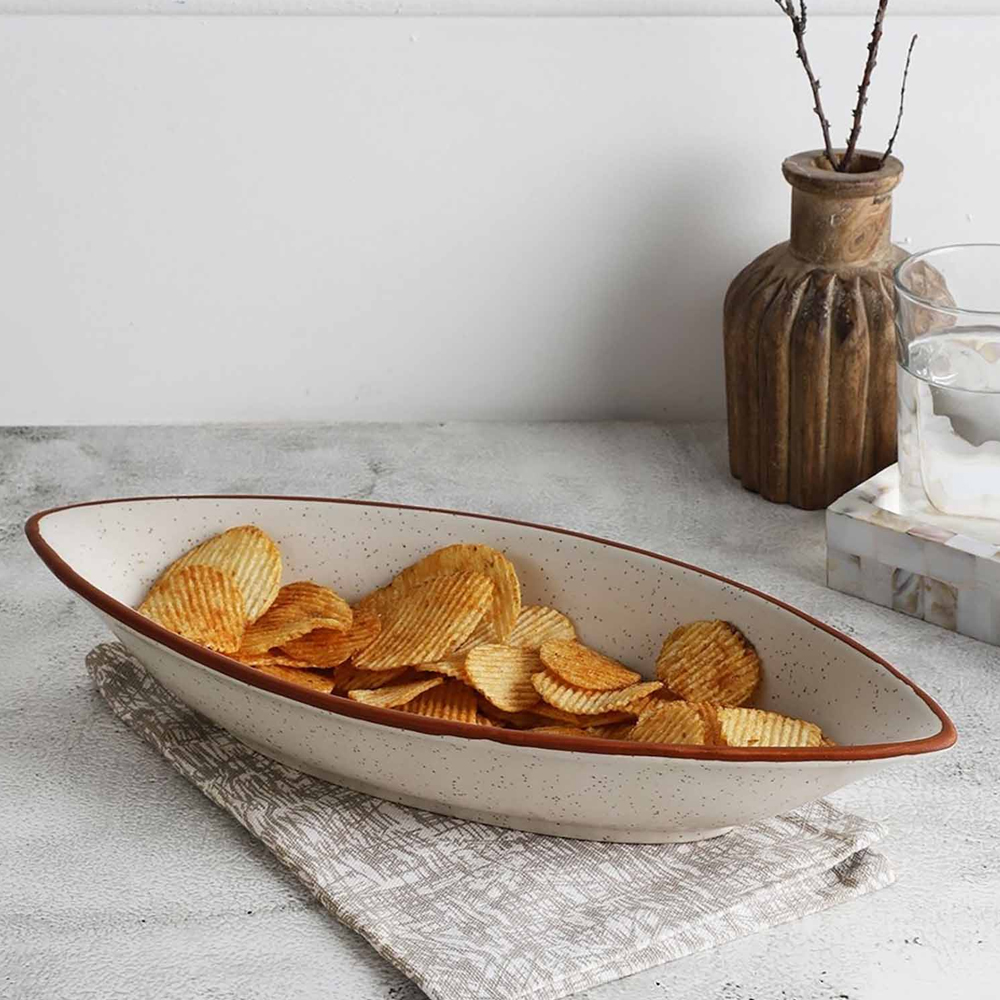

Maximise Natural Light
One essential element of Japandi decor is natural lighting, since it wonderfully blurs the line between indoors and outdoors. Sheer curtains and glass doors would fit the bill. Goes without saying that sunlight fits absolutely well with any kind of decor, but with Japandi, it hits different as the interiors in general revolve around wooden furniture, plants, and all things minimal. And for the other half of the day, go for soft and warm lighting to create an inviting, comforting space.
Pro-Tip: 20 Home Lighting Design Ideas
Sheer White Curtain
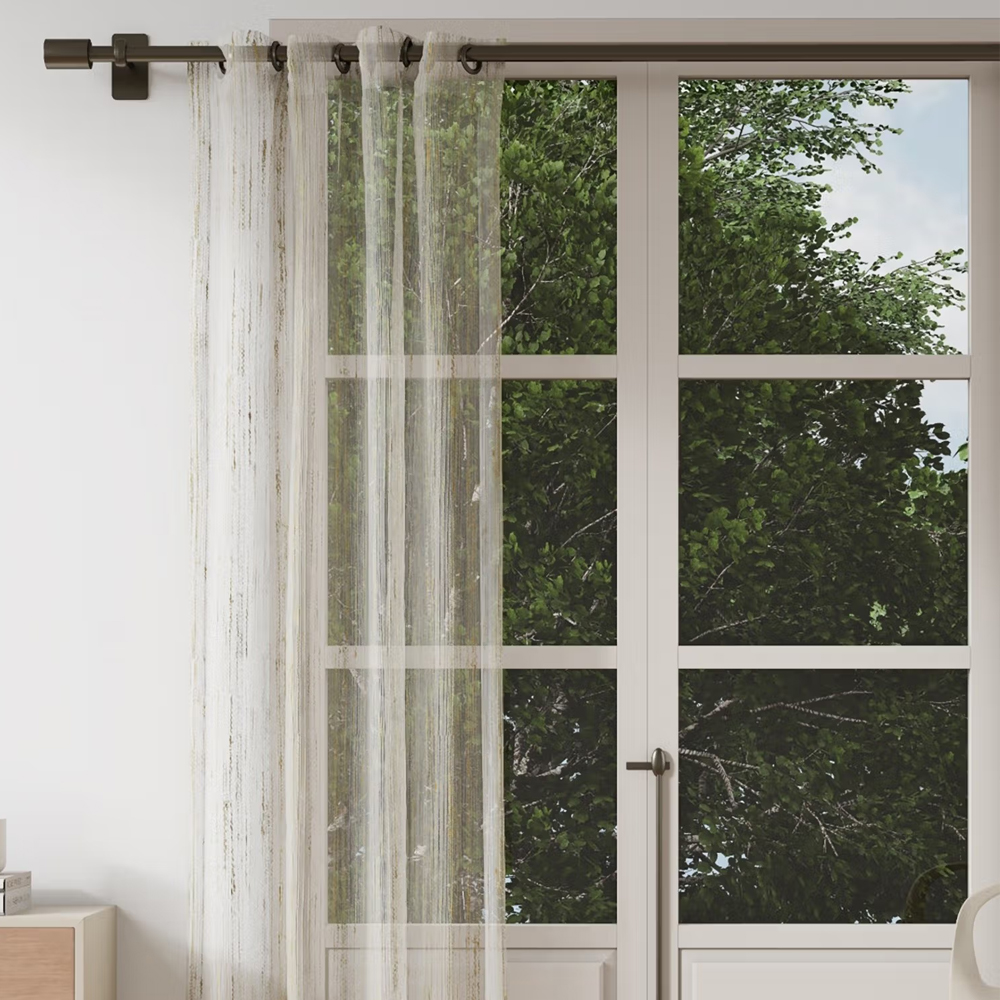

Table Lamp With Jute Cone
